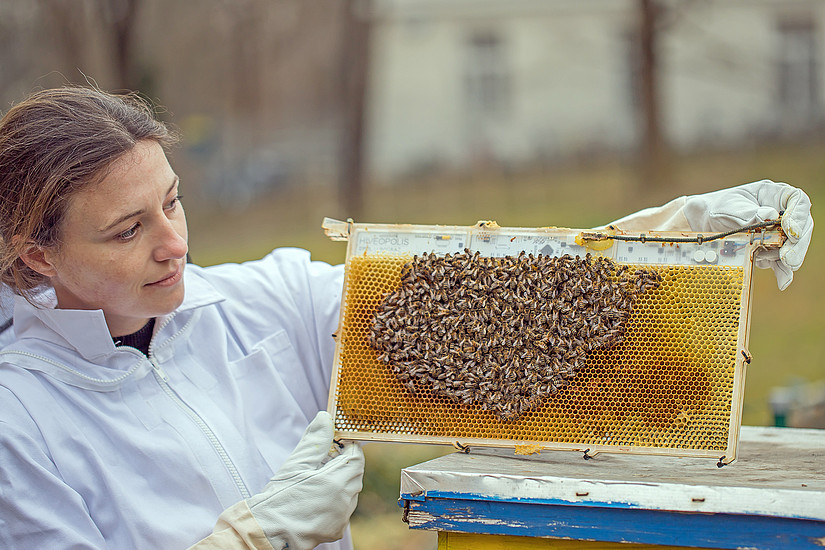About a quarter century ago, Americans started bringing home smoke detectors from the local hardware store, placing them in areas all around their houses to protect life and property from fire. Later, carbon monoxide and radon detectors were added. Now, newly-developed detectors for explosives and illicit substances will become as commonplace, especially in public spaces and even on portable devices like smartphones.
To date, this type of work has been done by “sniffer” dogs whose olfactory cells absorb molecules that are undetectable to humans. In fact, dogs have long been considered by law enforcement as the “gold standard” in explosive and illicit substance detection according to Carl Meinhart, mechanical engineer, and Martin Moskovitis, chemist, at the Institute for Collaborative Biotechnologies at University of California, Santa Barbara (UCSB). The new portable, highly accurate, matchbook-sized device is based on the biological design in dog noses and uses microfluidics and nanotechnology to capture vapors just as biological mechanisms in dog noses.
“A dog can have a good day or a bad day, get tired or distracted,” Meinhart says. “We have developed a device with the same or better sensitivity as a dog’s nose that feeds into a computer to report exactly what kind of molecule it’s detecting.”
Vapors are captured at “parts per billion” of explosives and other molecules in microscale channels. These substances bind to nanoparticles inside a chamber where a laser beam detects their presence and reads their spectral signature.
At the heart of the new device, like many current cutting edge technologies, is the marriage of disciplines, in this case, mechanical engineering and chemistry. An example of the device’s capabilities includes the capture of airborne molecules of 2,4-dinitrotoluene, a primary vapor signature of TNT based explosives. The device “sniffs” in real time and senses molecules below concentrations of 1 part per billion (PPB) or below. SpectraFluidics has licensed the patented technology and will bring it to market over the next several years.






